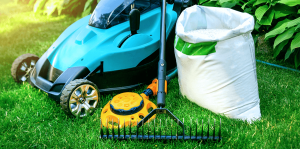To prepare for the hot summer temperatures of South Florida, a good lawn care routine is pretty important. But beyond the typical raking and spring cleaning, a lot of folks are unsure of what else to do for lawn maintenance. If you’ve been struggling to keep your grass looking green all summer, no matter how frequently you water, then these lawn care tips may be helpful!
What to Do for Spring Lawn Maintenance in Florida
Spring lawn care really isn’t all that complicated! After you’ve cleared away any remaining leaves or debris from winter, start things off on the right foot by going through the following four lawn care tips:
- Dethatch and aerate your lawn
- Conduct a soil test
- Apply fertilizer
- Use pre-emergent herbicide
Are you still a grass care rookie and need to learn the ropes? Don’t worry, we’ve provided a quick tutorial for each tip for spring grass care below. Living Color has one of the best selections of lawn care supplies in Florida, so if you’re in need of any tools or soil amendments, visit us at our garden center soon! We’ll be happy to help you get ready to tackle spring lawn care like a seasoned professional.
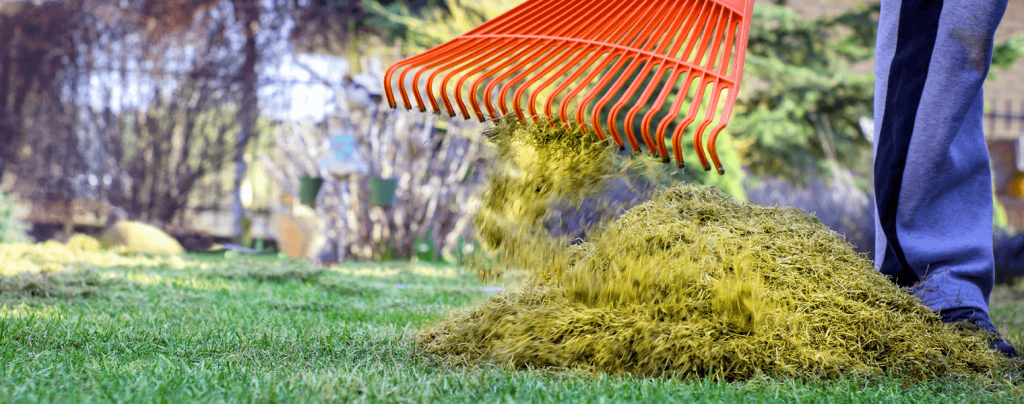
Soil Aeration and Lawn Dethatching Tips
Maintaining consistent moisture and good air circulation is necessary for keeping your grass healthy. But if your soil is densely packed down and isn’t draining well, it can inhibit grass growth. Grass may get tangled and matted over time, which can hinder drainage and air circulation even further. This is why soil aeration and dethatching are such an important part of lawn care.
Dethatching is actually quite easy—just use a rake and drag it across the surface of the grass repeatedly. This helps to comb out tangles and allow air to circulate through the blades, preventing fungus and plant pests from lurking in your yard. Our humid, muggy air in Florida can encourage mildew growth amongst dense foliage, so a quick dethatch with the rake will help a lot.
After dethatching, aerate your soil by using a spike or plug aerator. Spike aerators jab narrow holes into the soil, which helps to loosen things up and allow a bit more air in. Plug aerators work a bit more effectively on highly compacted soils. They pull out cylindrical plugs of soil, creating more space for moisture and air.
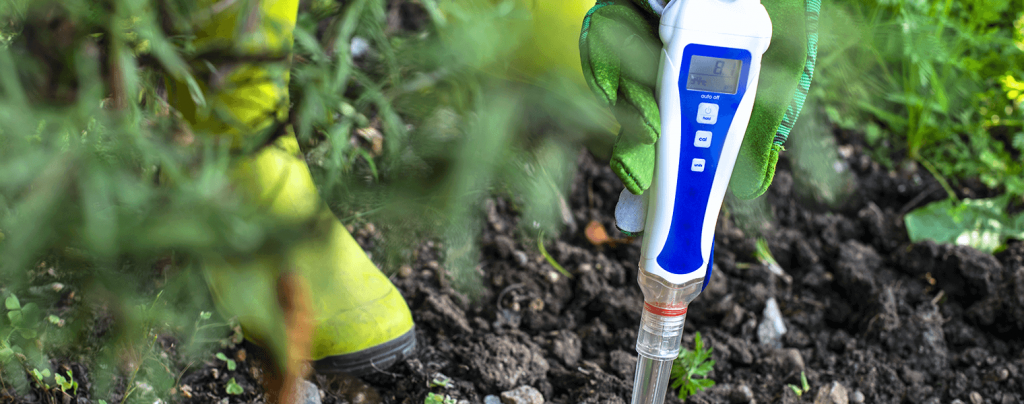
Tips for Conducting a Soil Test
Soil test kits come with instructions on how to use them and interpret the results. What’s important is knowing what to do once you get your results! Soil tests can tell you many things, like the soil’s pH level or if there are any vital nutrients lacking.
You generally want your soil’s pH to be as balanced as possible. If you’re noticing it’s especially acidic or alkaline, you need to adjust it with the proper soil amendment. If your soil is acidic, adding gardeners’ lime can help to raise the pH number. If your soil is alkaline, it takes a bit longer to acidify it, but this can gradually be achieved by mixing lots of fresh compost into the soil. The soil in Florida is usually a bit more on the acidic side, but it can vary depending on your region.
If it turns out that your soil is lacking in any particular nutrient, you should choose your fertilizer accordingly. Most soil tests will provide a reading on nitrogen, phosphorus, and potassium levels, but they often also measure other macronutrients like magnesium and calcium. If your soil is low in nitrogen, you’d want to choose a fertilizer with a high first number in the NPK ratio. If it’s low in a macronutrient like magnesium, find a fertilizer that’s magnesium fortified.
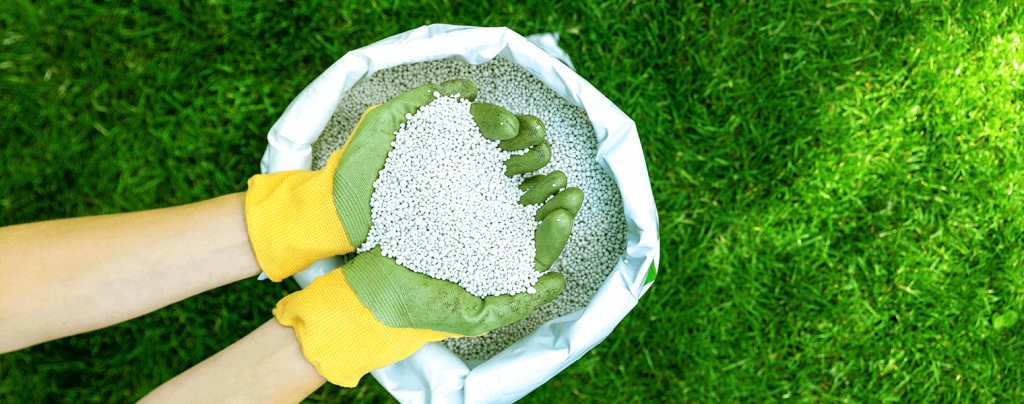
What Month Should I Fertilize My Lawn in Florida?
March is an ideal time to fertilize your grass because it’s just beginning to come out of dormancy and start actively growing again. It’s a good idea to fertilize several times a year, but you won’t have to reapply as frequently if you use a granulated slow-release fertilizer. Follow the instructions for measurement and application with care—applying too much can contribute to Florida waterways’ pollution.
Water your grass regularly and keep it clean—a healthy lawn is more resistant to becoming overrun with weeds!
If you’d like to maintain an organic lawn, there are plenty of natural fertilizer formulas available. However, many synthetic formulas are safe to use when applied properly, and they are highly effective. After you apply your fertilizer, remember to water it in with the sprinkler!
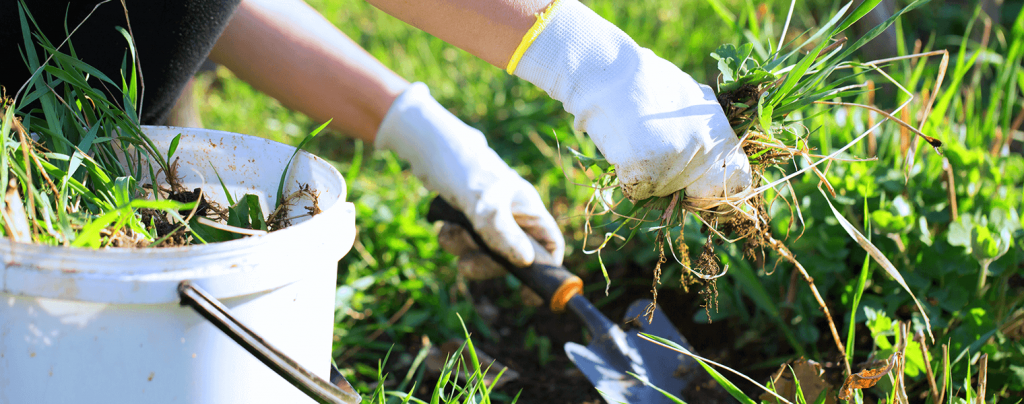
Tips for Preventing Lawn Weeds in Spring
Weeding is everyone’s least-favorite lawn care task, so it’s definitely worth taking some preventative steps! At the very beginning of spring, before grass and weeds begin to pop up, apply some pre-emergent herbicide. This helps to inhibit weeds from germinating, but it’s only effective if you catch them before they sprout. Don’t use it if you’re reseeding your lawn, because it will stop your grass seed from germinating too.
Inspect your lawn for any signs of weed growth and pull them up sooner rather than later. Water your grass regularly and keep it clean—a healthy lawn is more resistant to becoming overrun with weeds! While you’re looking for weeds, keep an eye out for any signs of pests or fungi, and deal with them ASAP before they get out of hand. Catching these issues in spring is much easier than trying to solve them in summer once they’ve worsened.
Lawn care will be much easier for the rest of the year if you take the time to prepare your turf properly! Living Color has all the lawn care supplies and soil amendments you need to keep your South Florida landscape looking its best and brightest. Visit us soon to stock up on everything you need!

